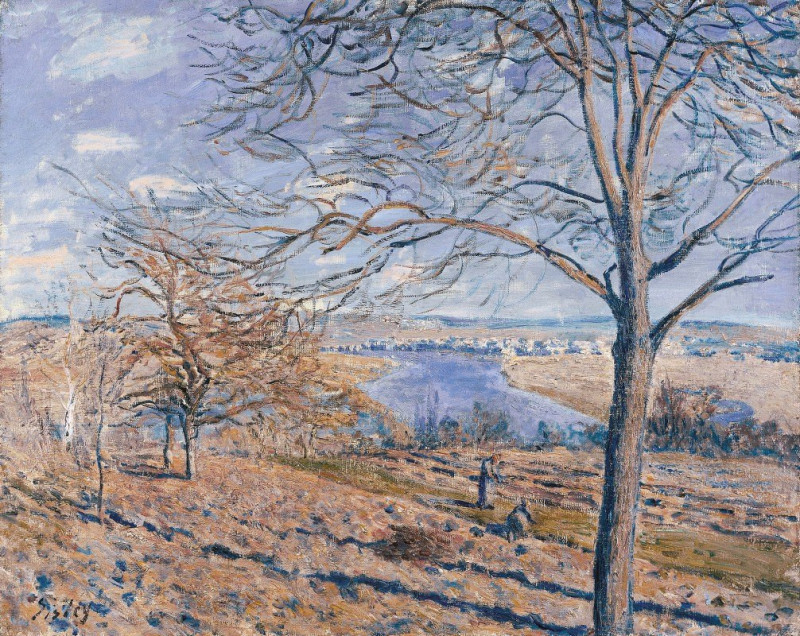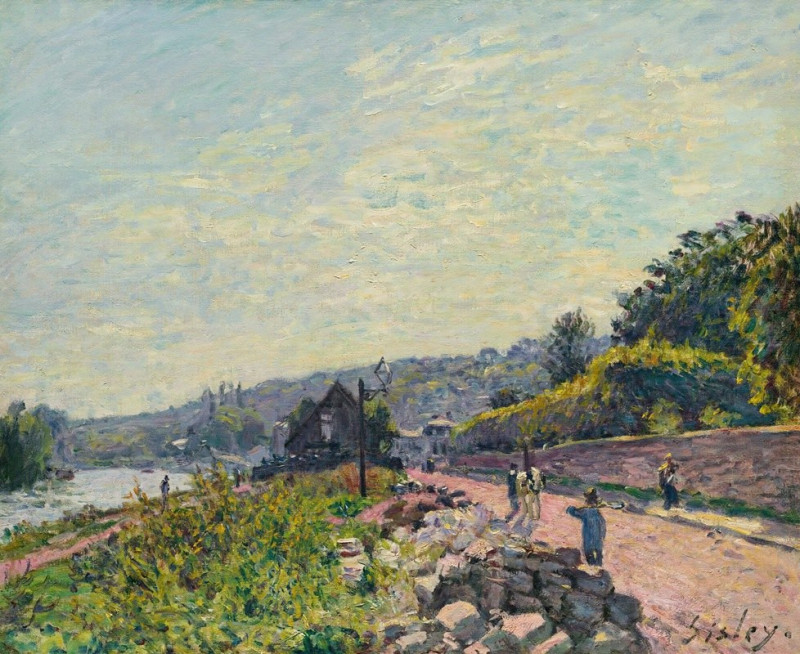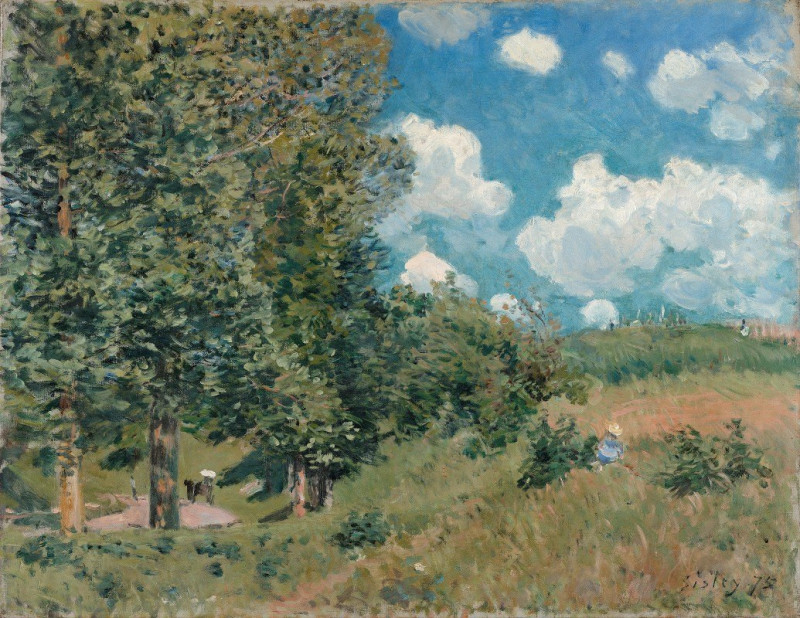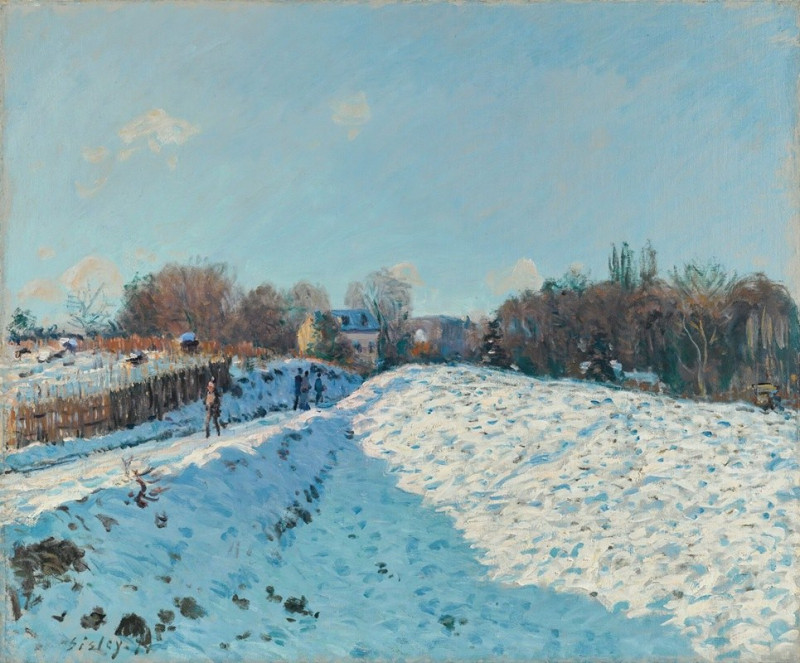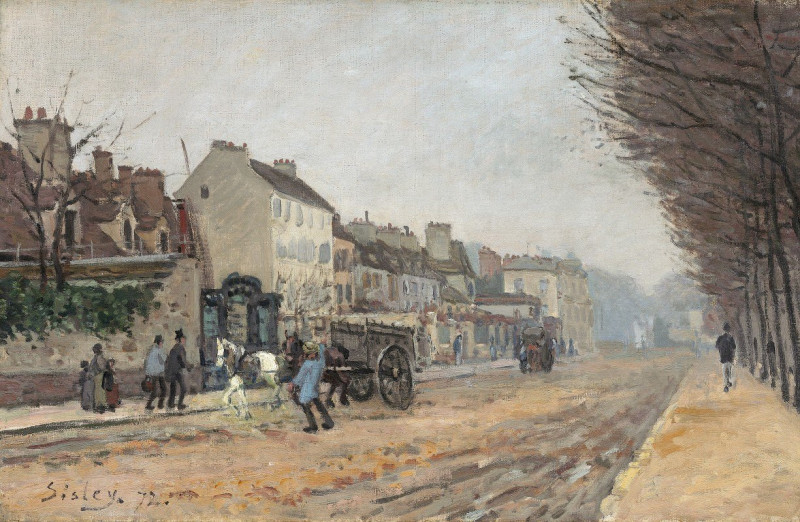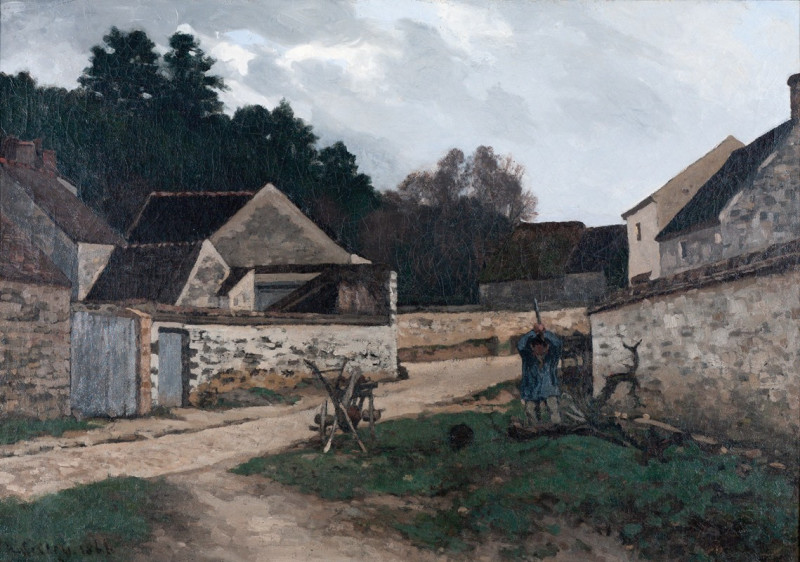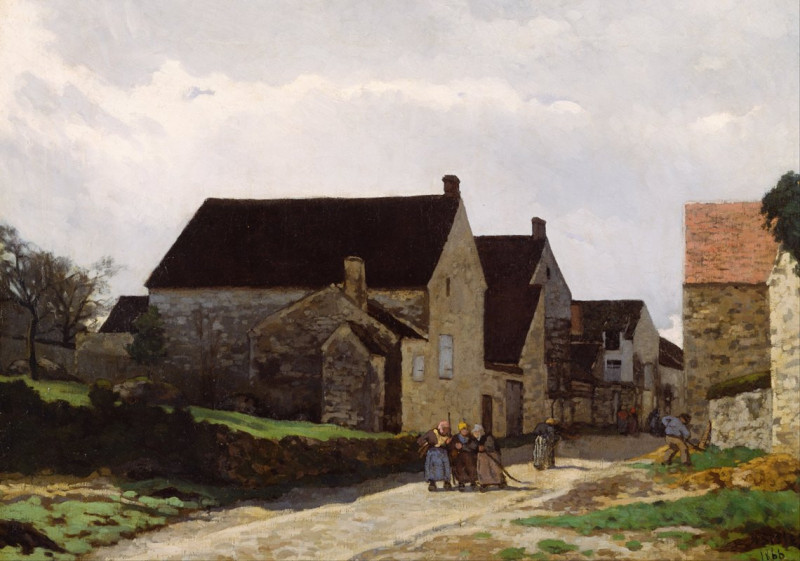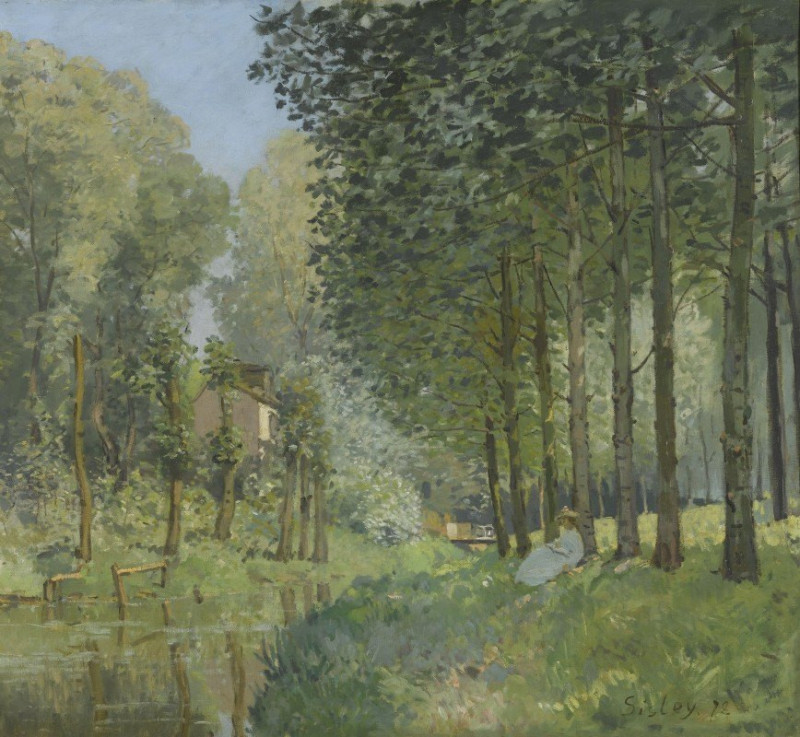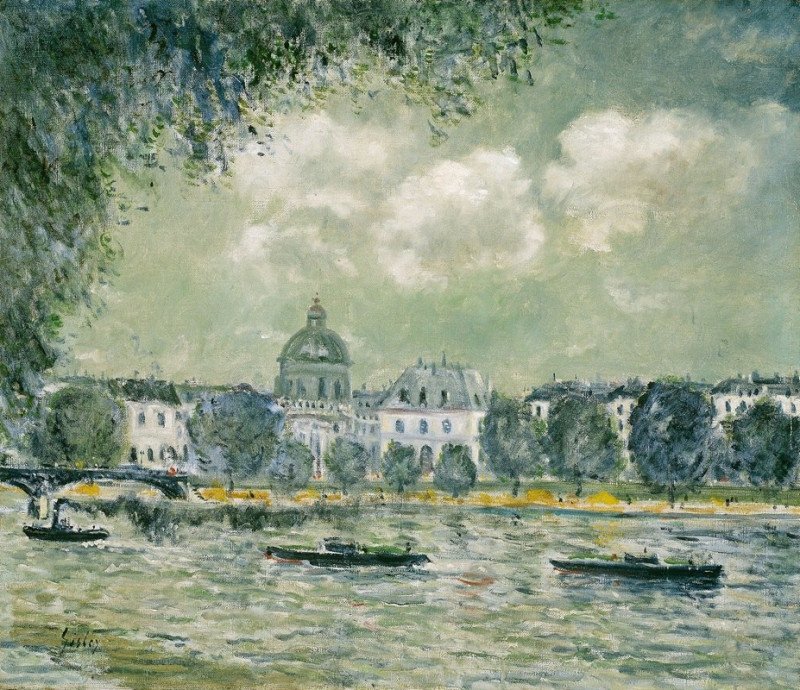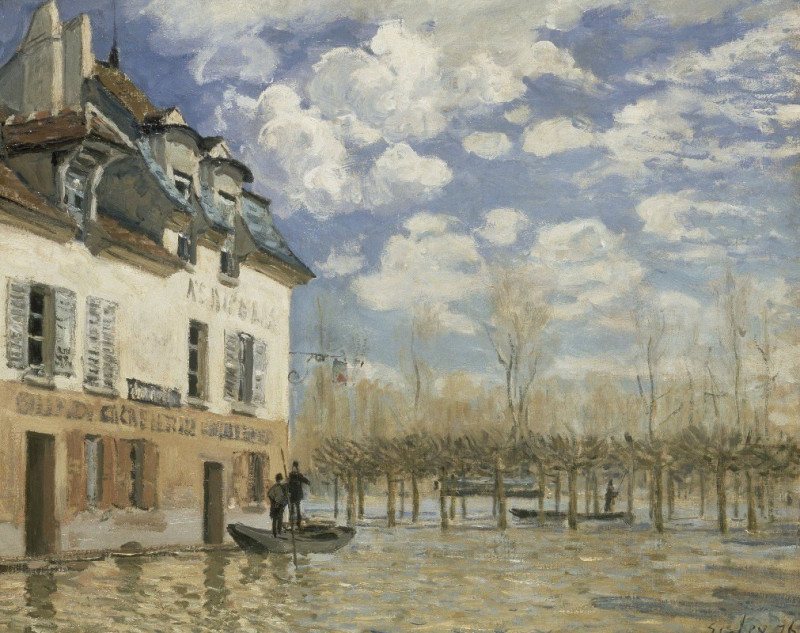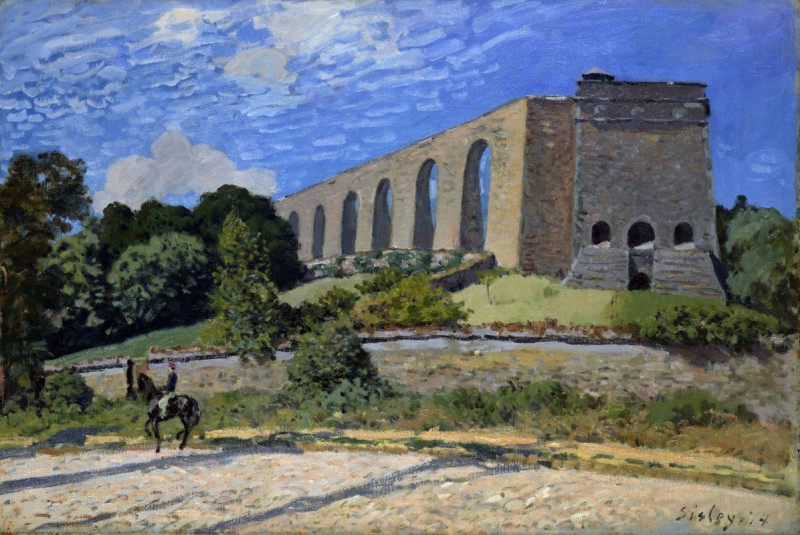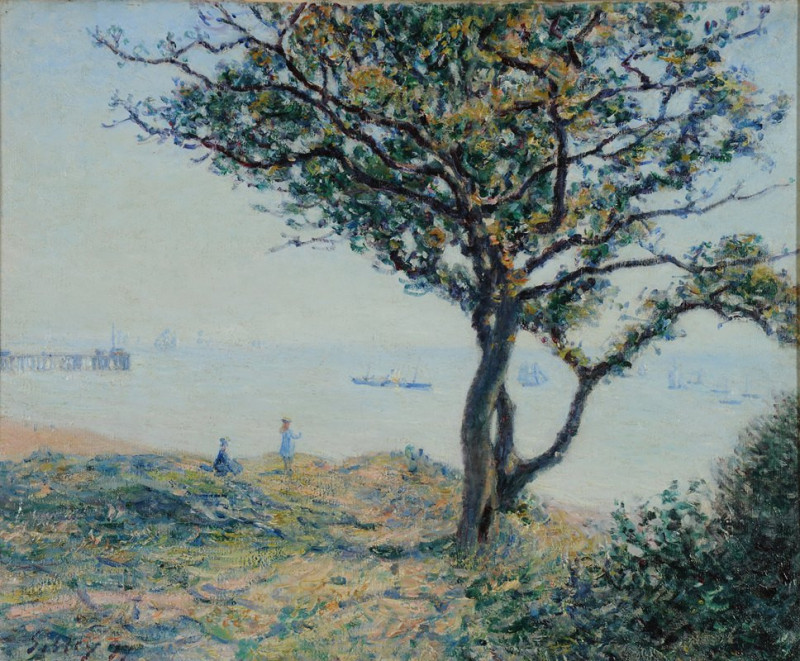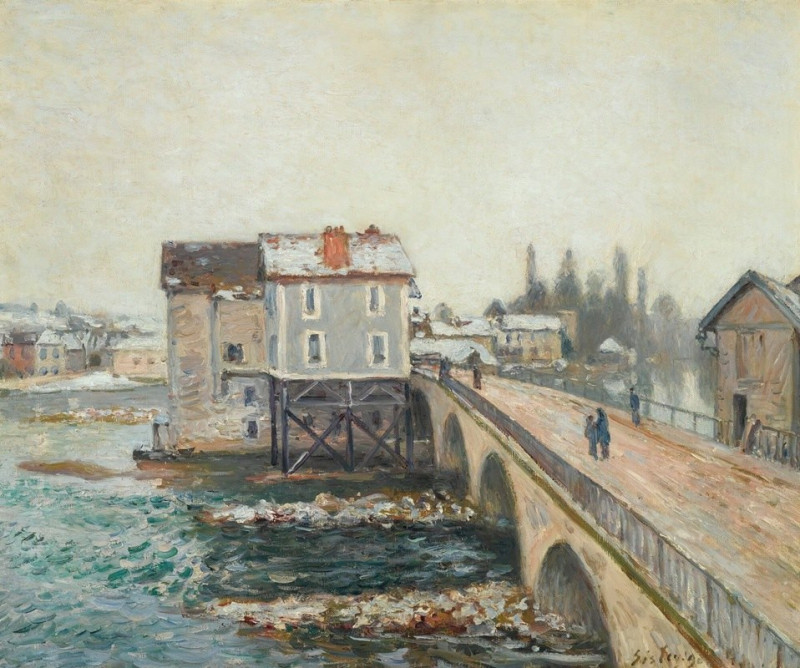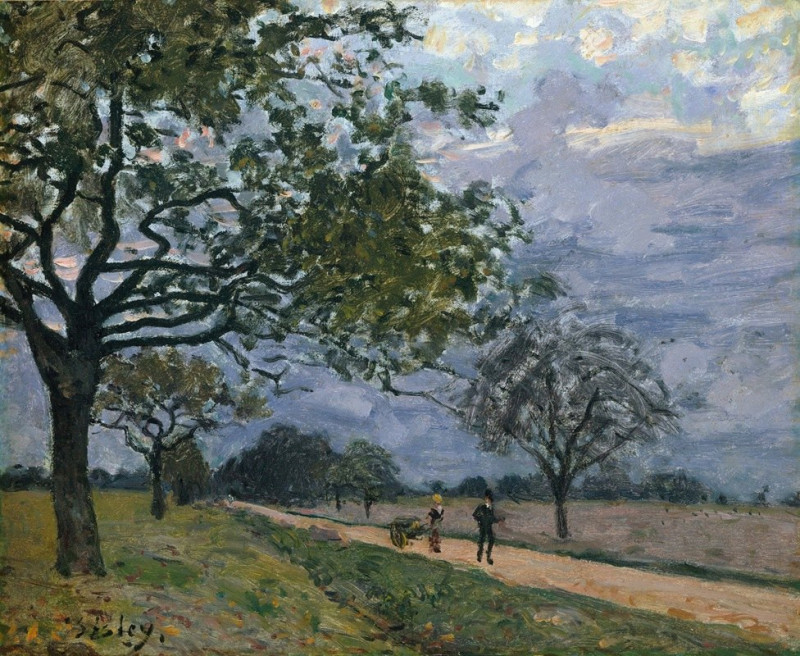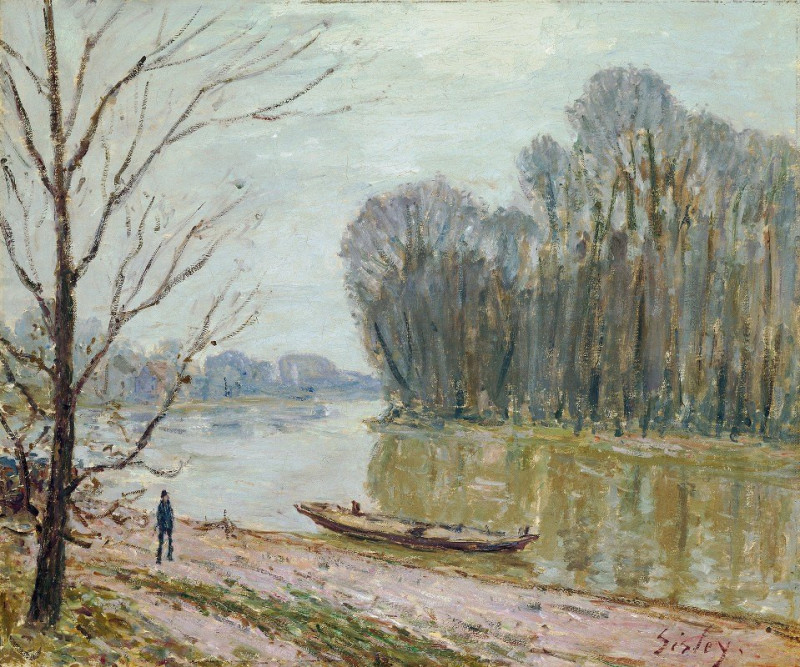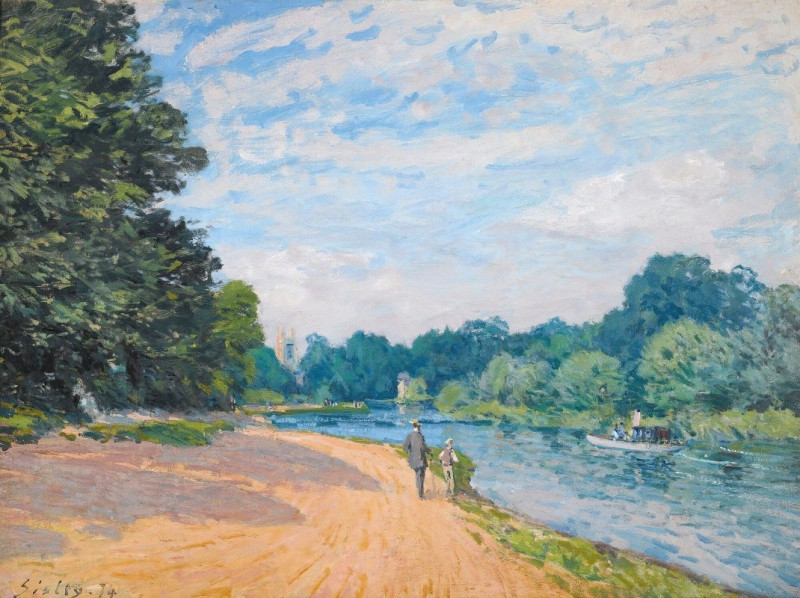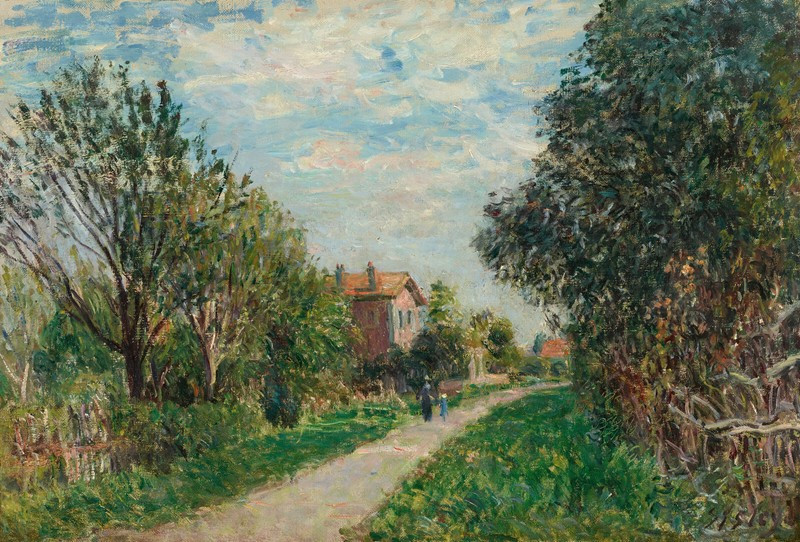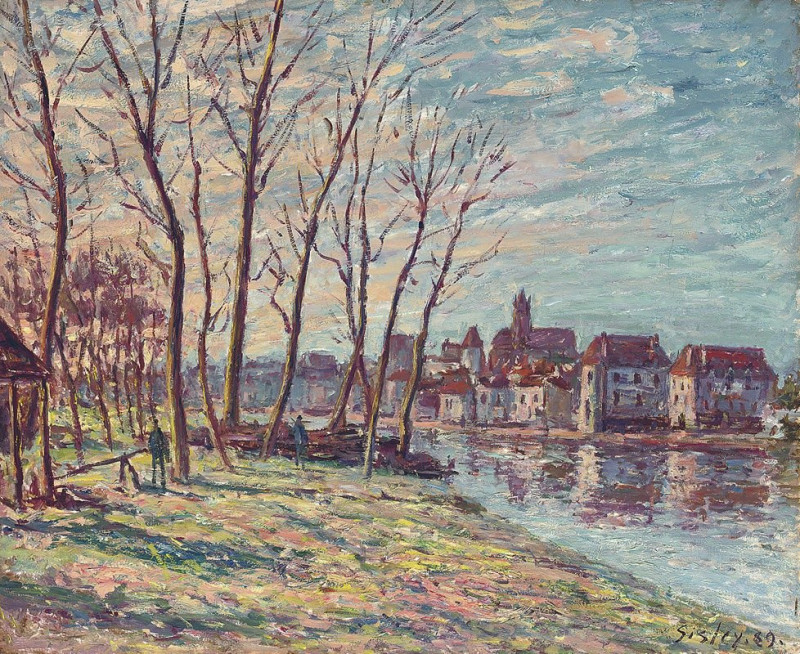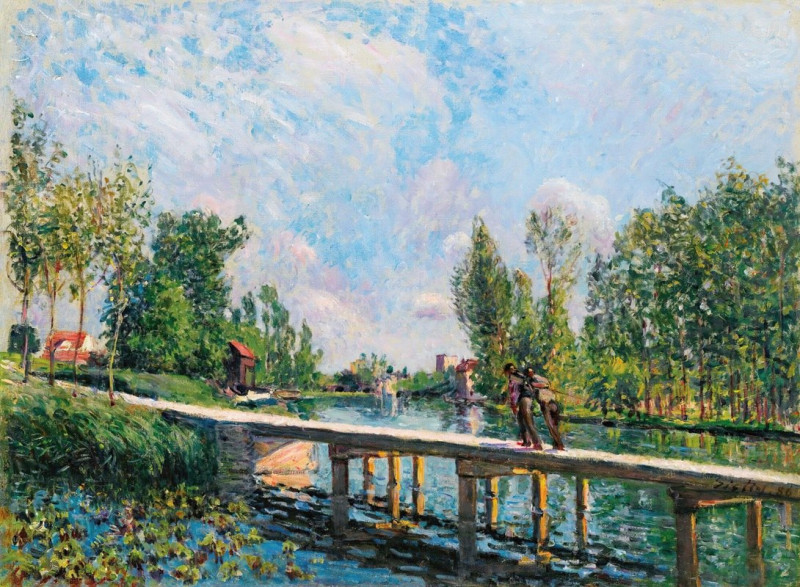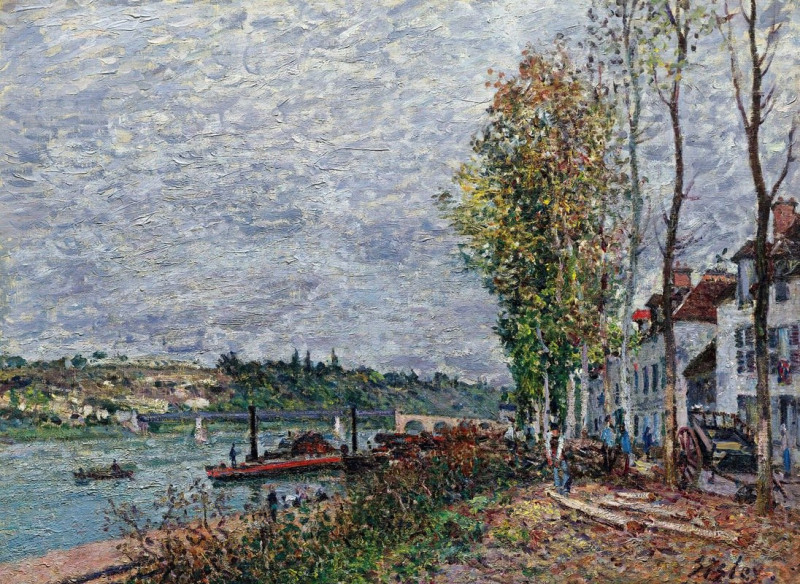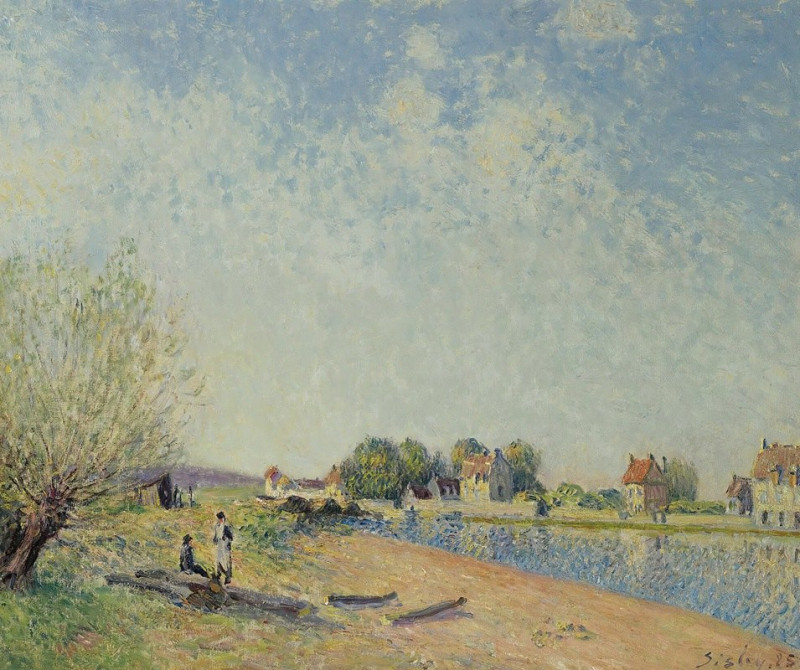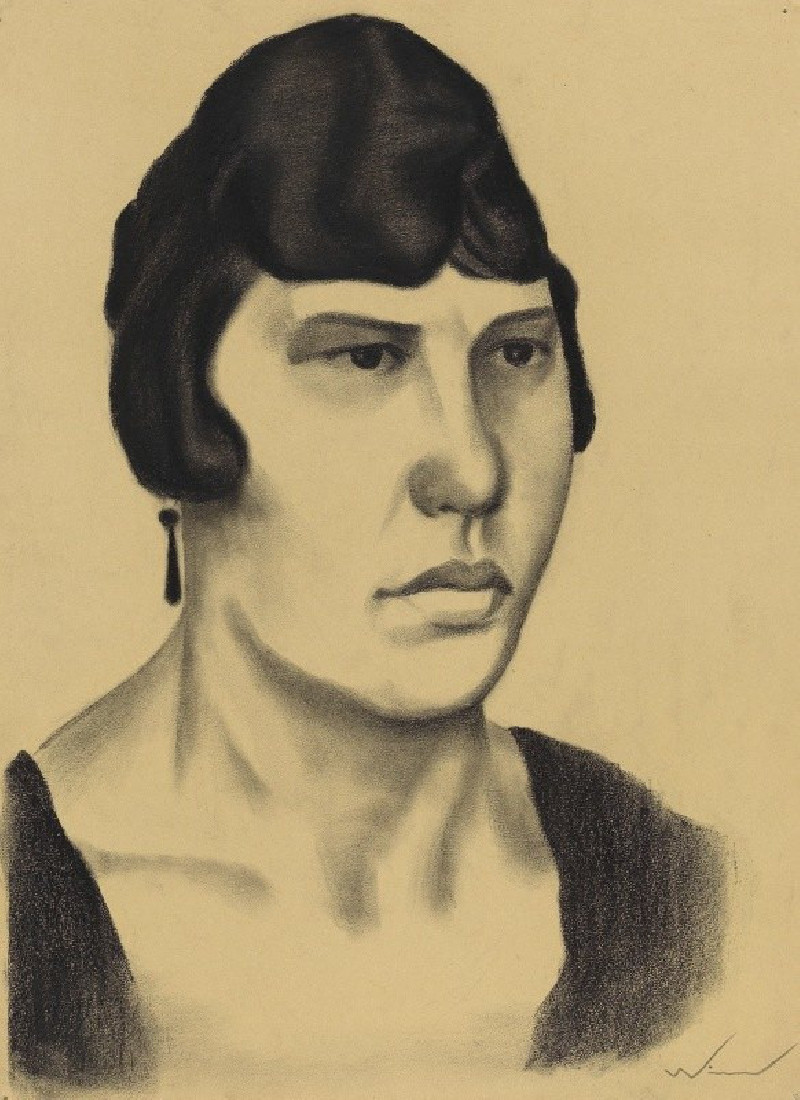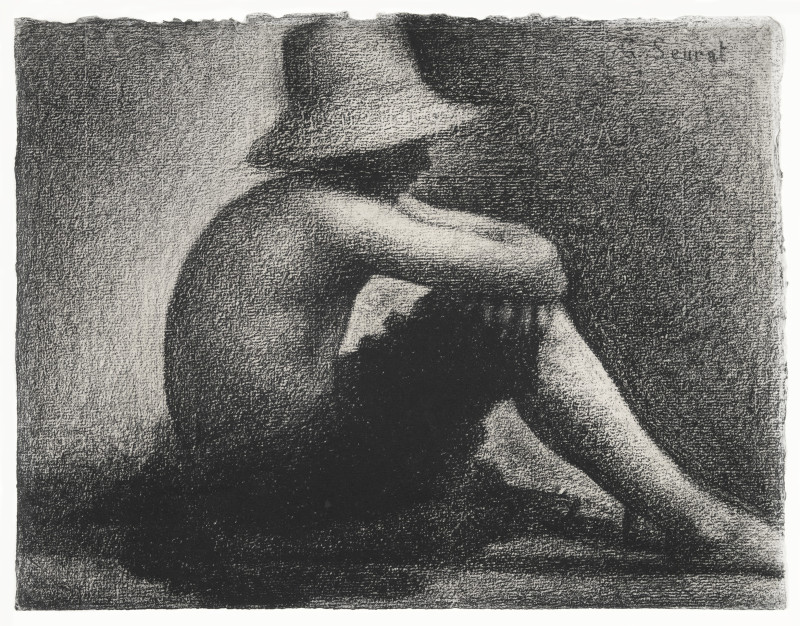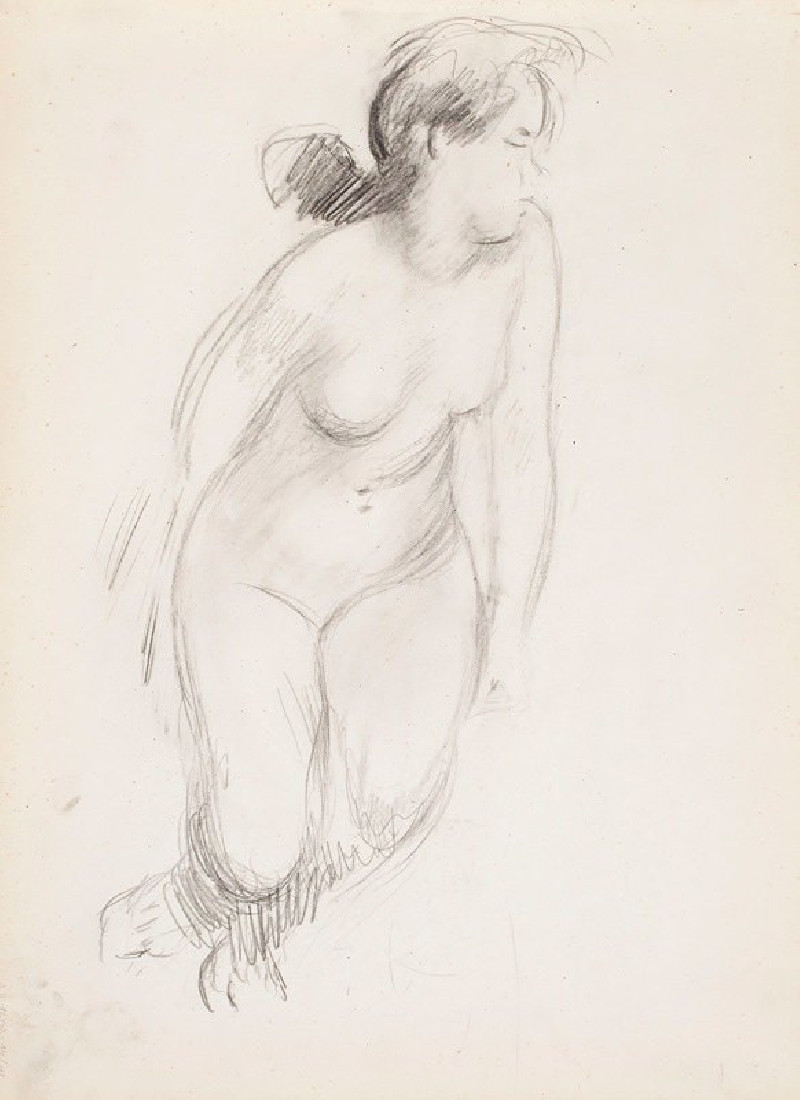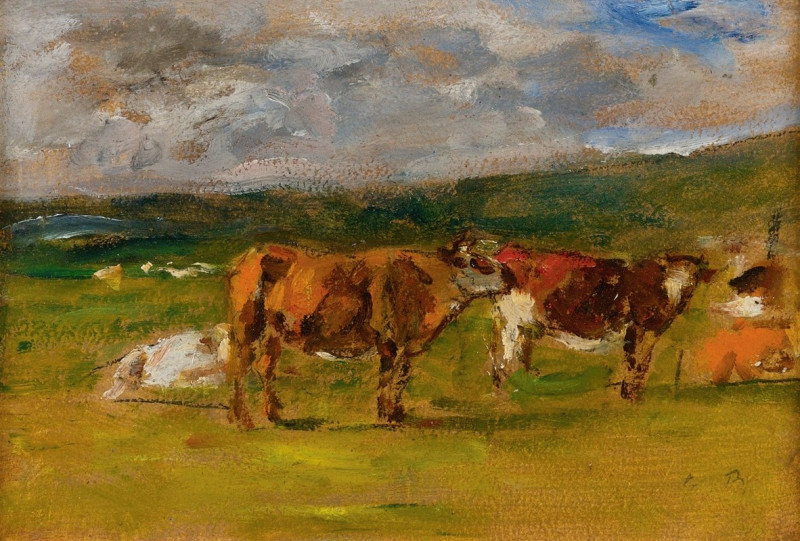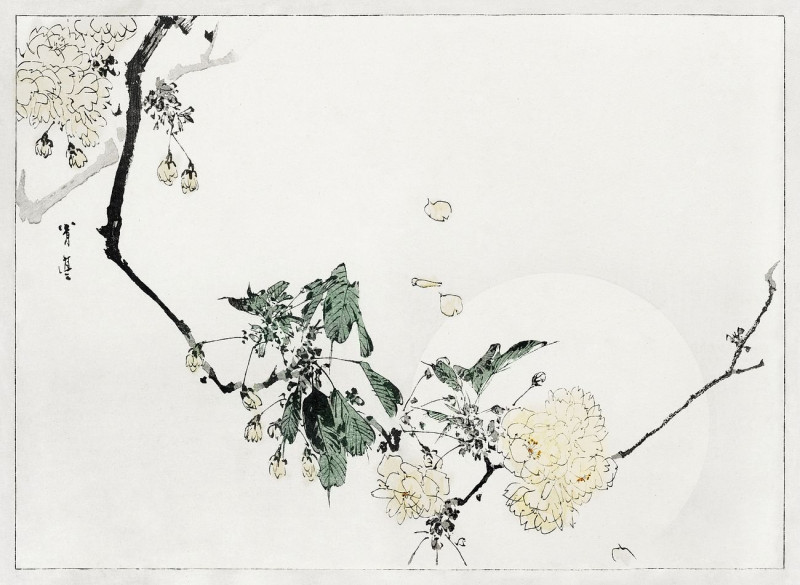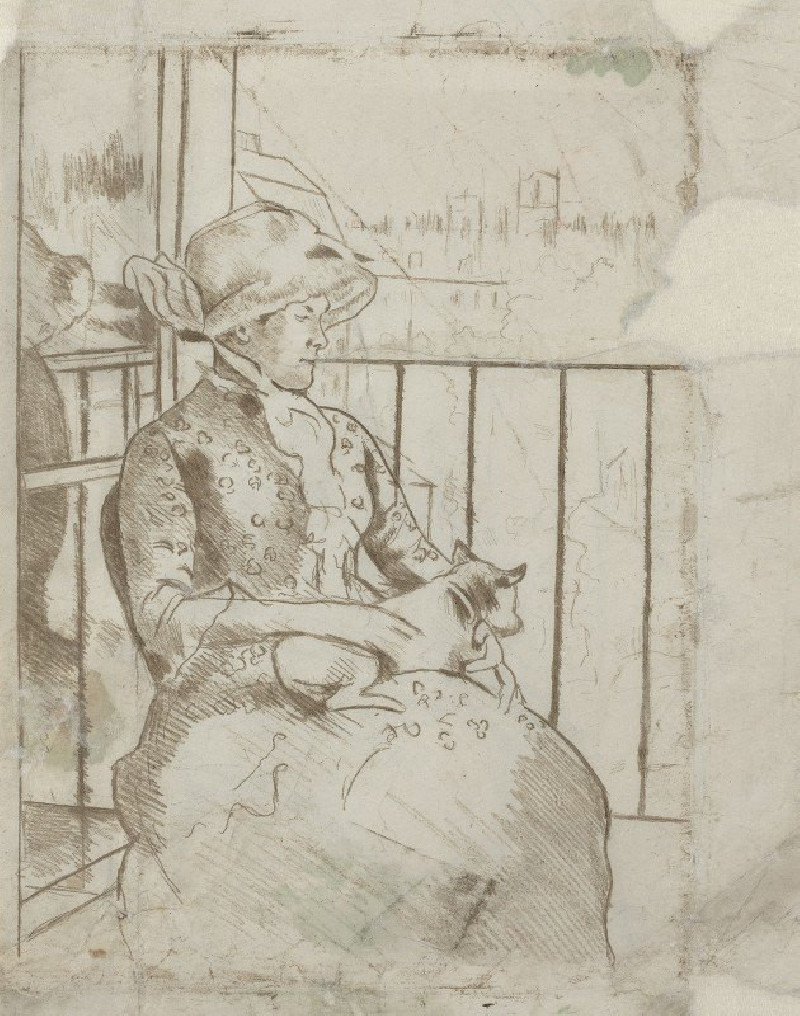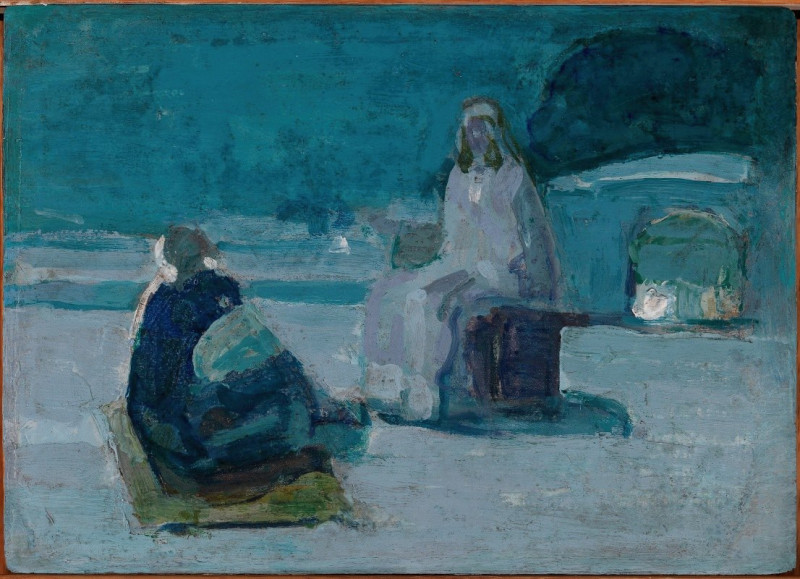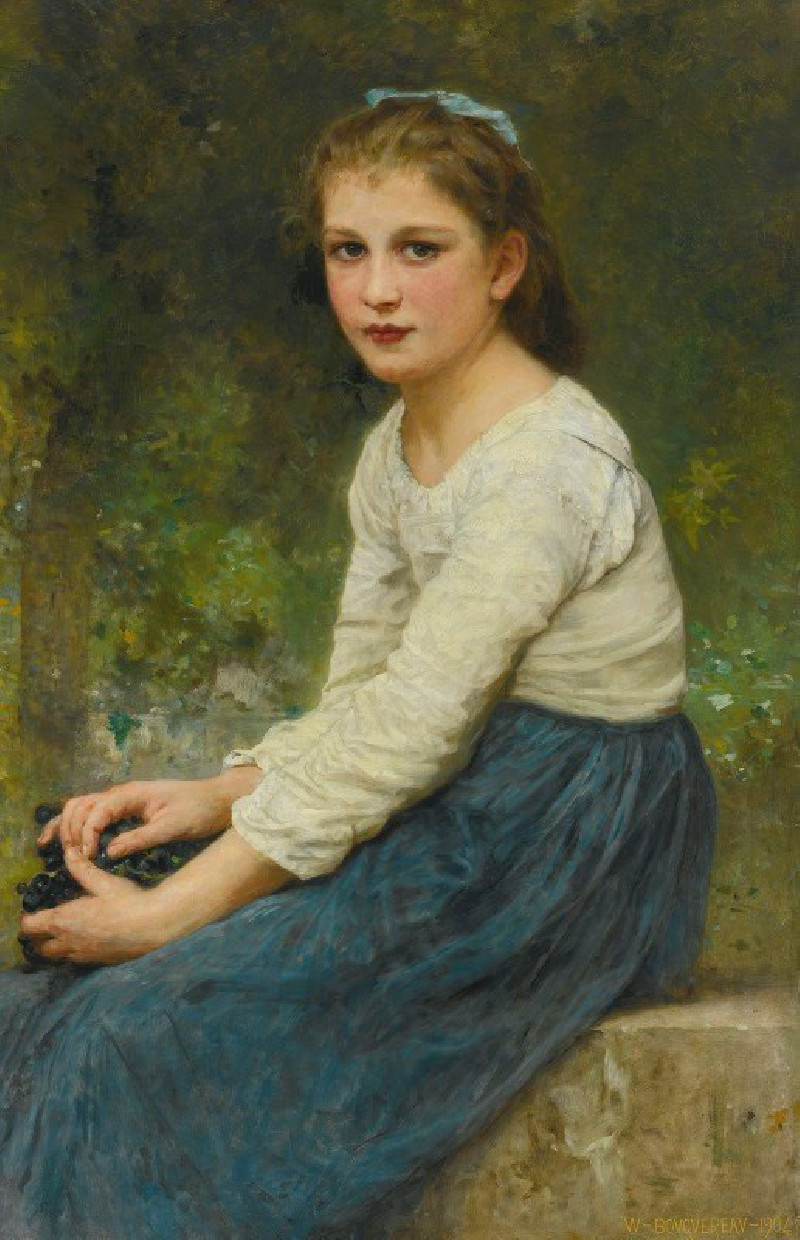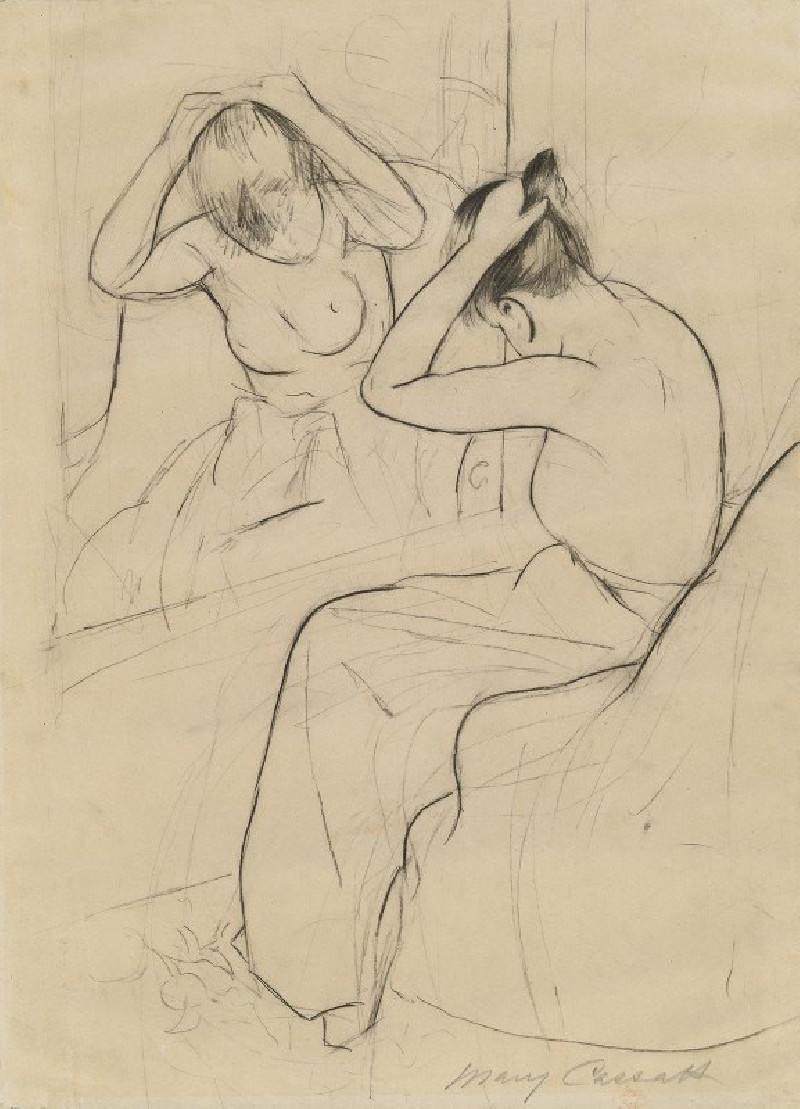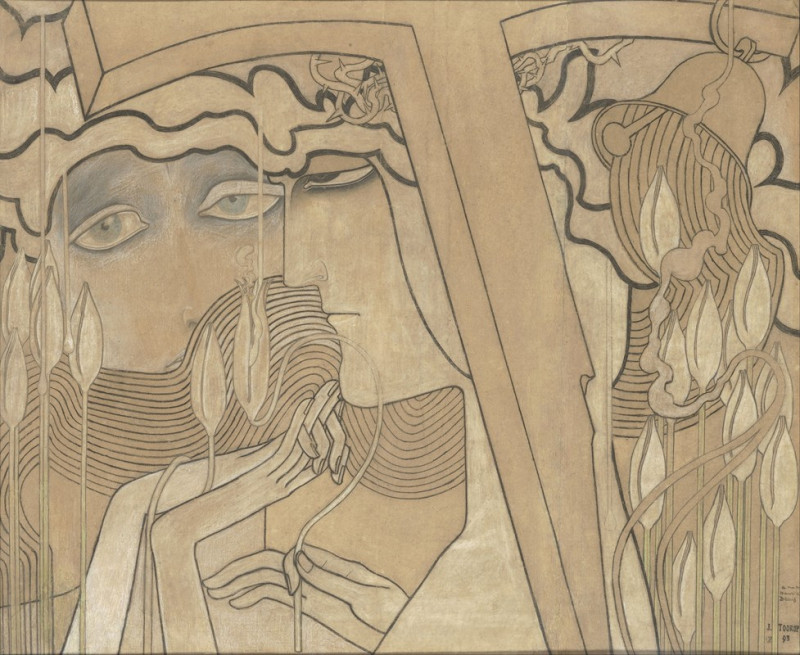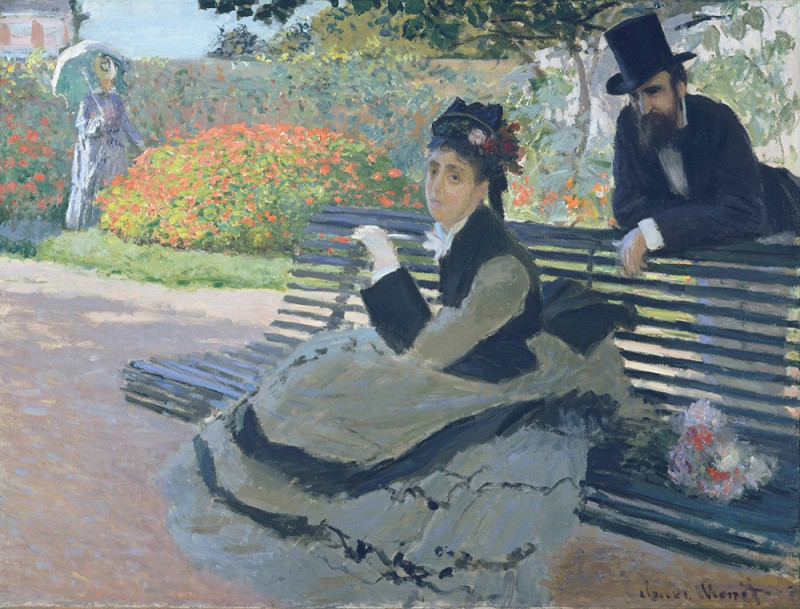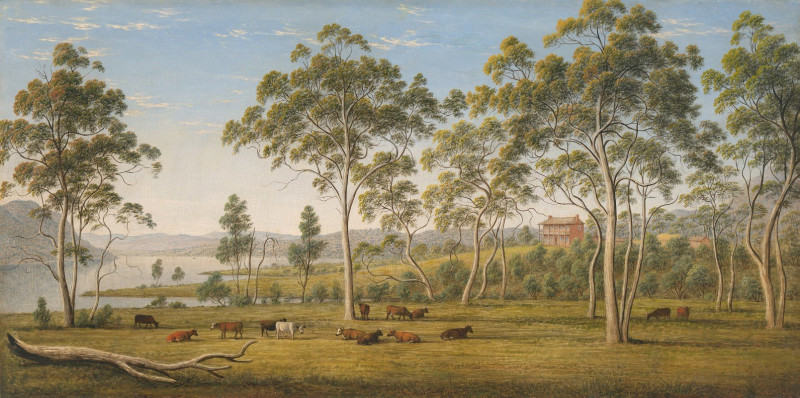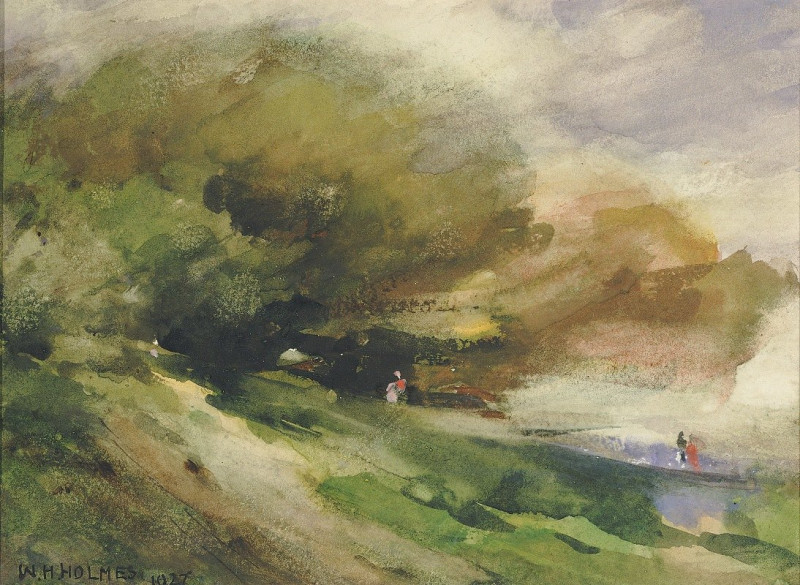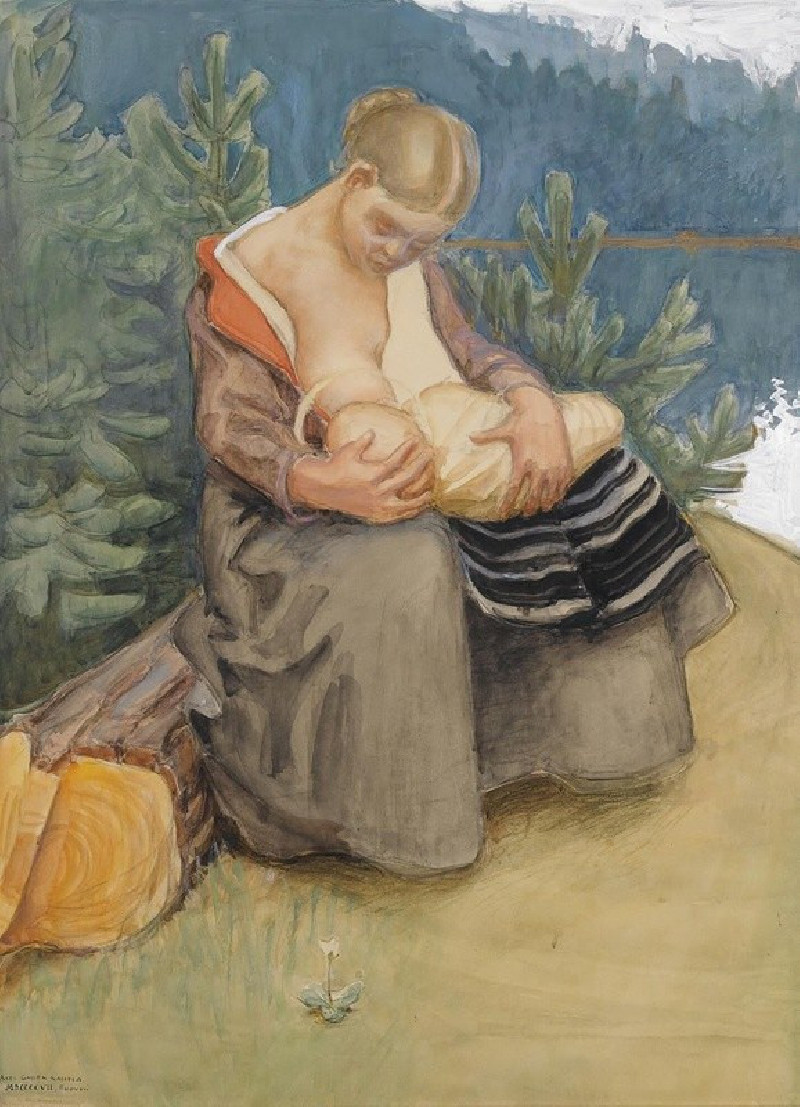Banks of the Loing, Autumn Effect (1881)
Technique: Giclée quality print
Recommended by our customers
More about this artwork
"Banks of the Loing, Autumn Effect" is an exquisite landscape painting by Alfred Sisley, created in 1881. This incredible artwork captures the serene beauty of the Loing River banks during the autumn season. Sisley, a master of Impressionism, employs a palette of soft blues, gentle browns, and muted greens to evoke a tranquil autumnal setting.The composition is dominated by two leafless trees in the foreground, their intricate branches etched against the sky, creating a delicate lacework of lines that draw the viewer's eye across the canvas. The background reveals a panoramic view of the river, stretching into the distant horizon lined with subtle hints of rural life.This painting not only highlights Sisley's skill in portraying natural light and atmosphere but also reflects his deep appreciation for the peaceful countryside.
Delivery
Returns
Alfred Sisley (1839–1899), an English impressionist artist, was renowned for his breathtaking impressionist landscape paintings. Born in 1839 to a wealthy family in Paris, Sisley spent most of his life in France. Despite being intended for a career in commerce, he rebelled and pursued his passion for painting as an amateur in the studio of Charles Gleyre, where he befriended artists Claude Monet and Pierre-Auguste Renoir. The financial loss of his family in the Franco-German War led Sisley to make a career out of his art, though it left him financially distressed. It wasn't until after his passing in 1899 that the true value of his work was recognized.

